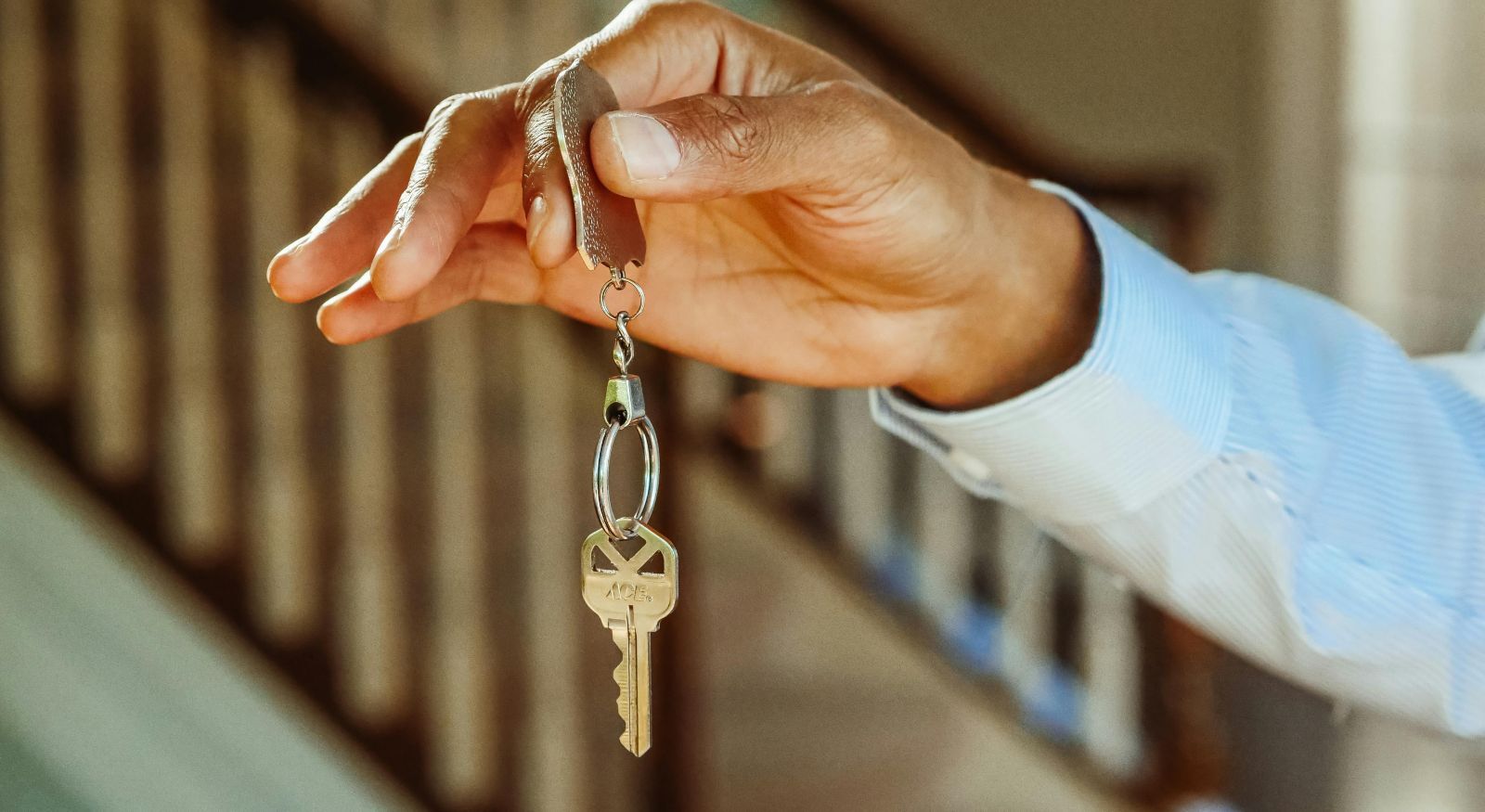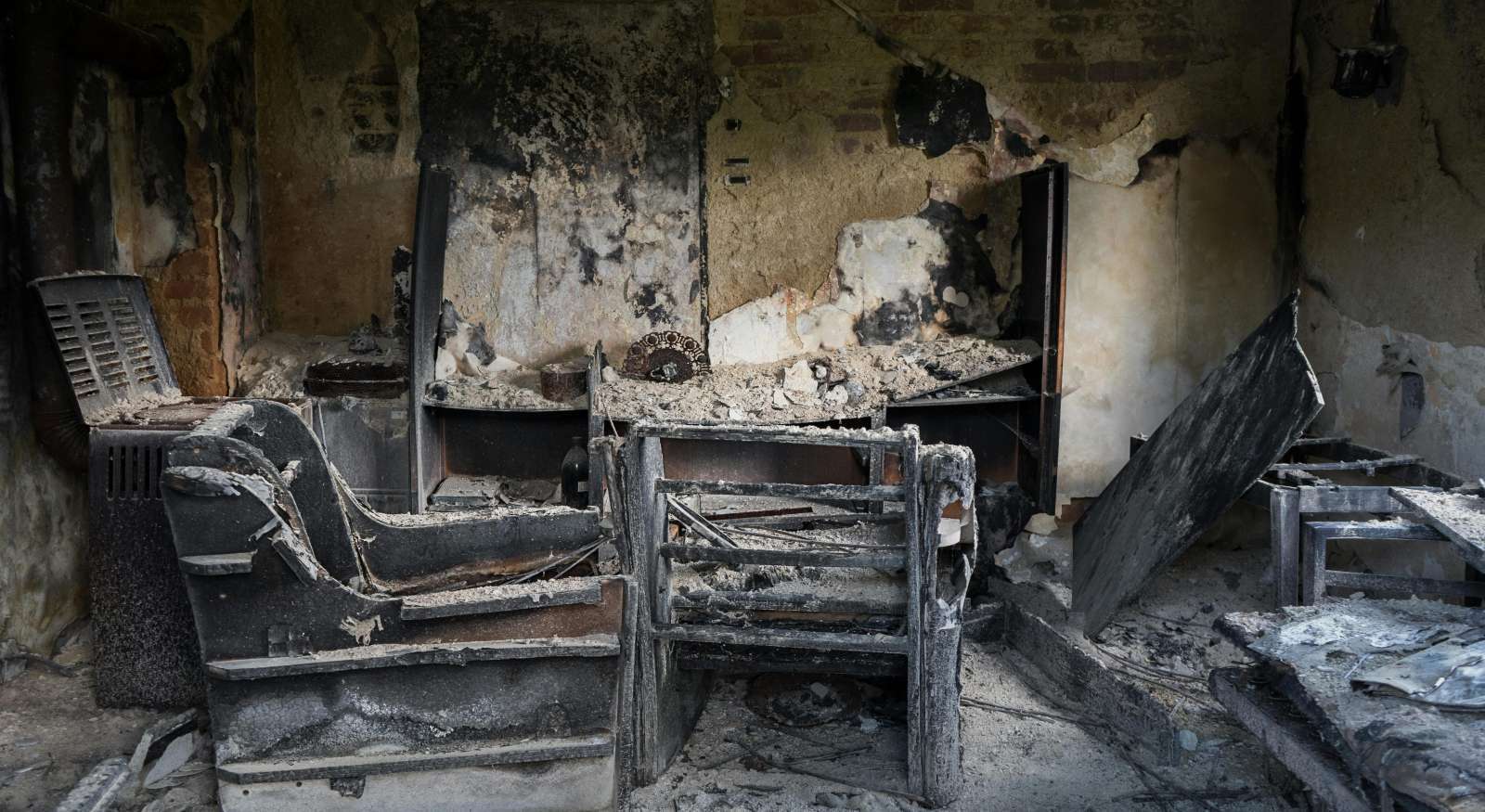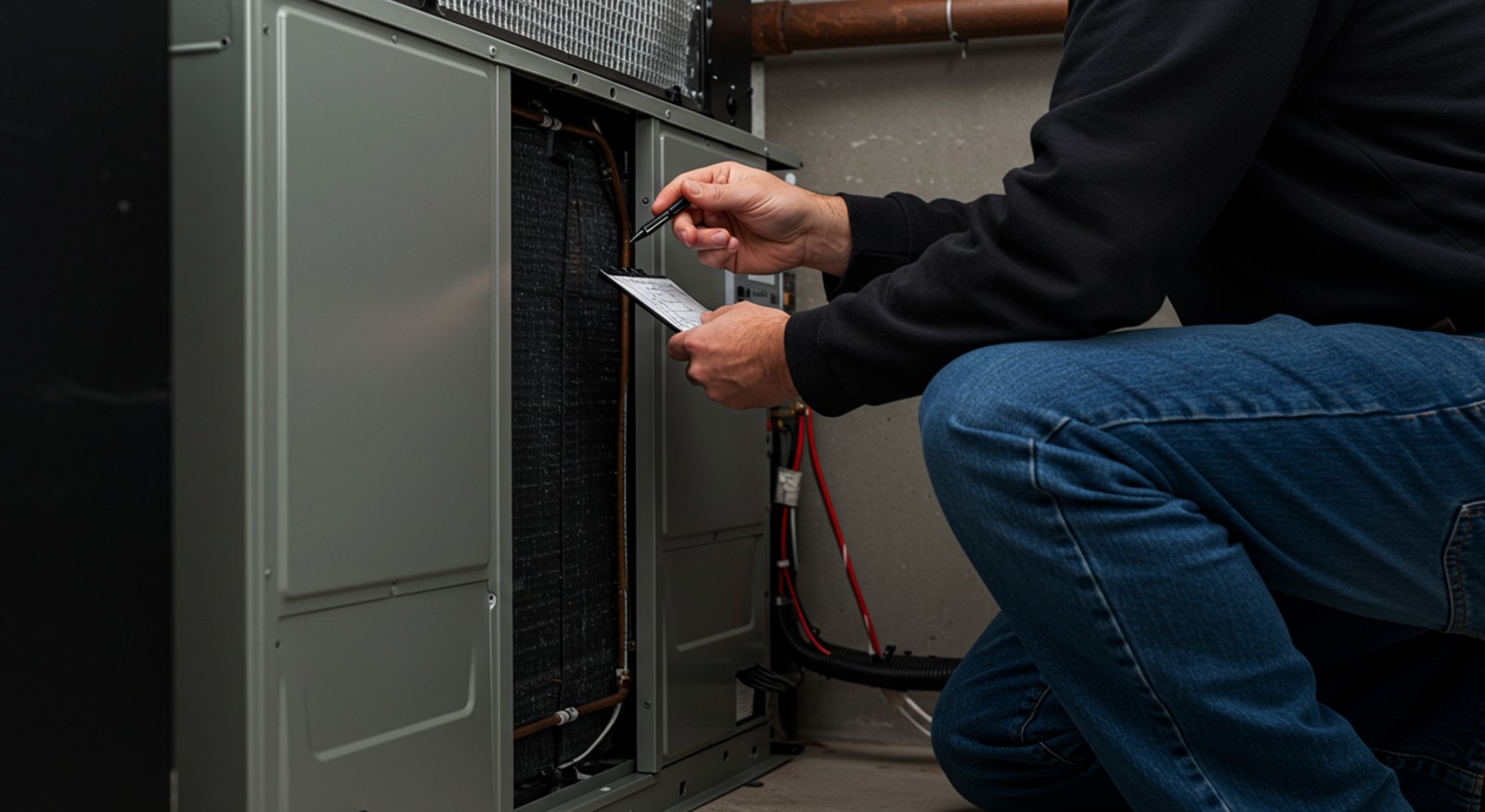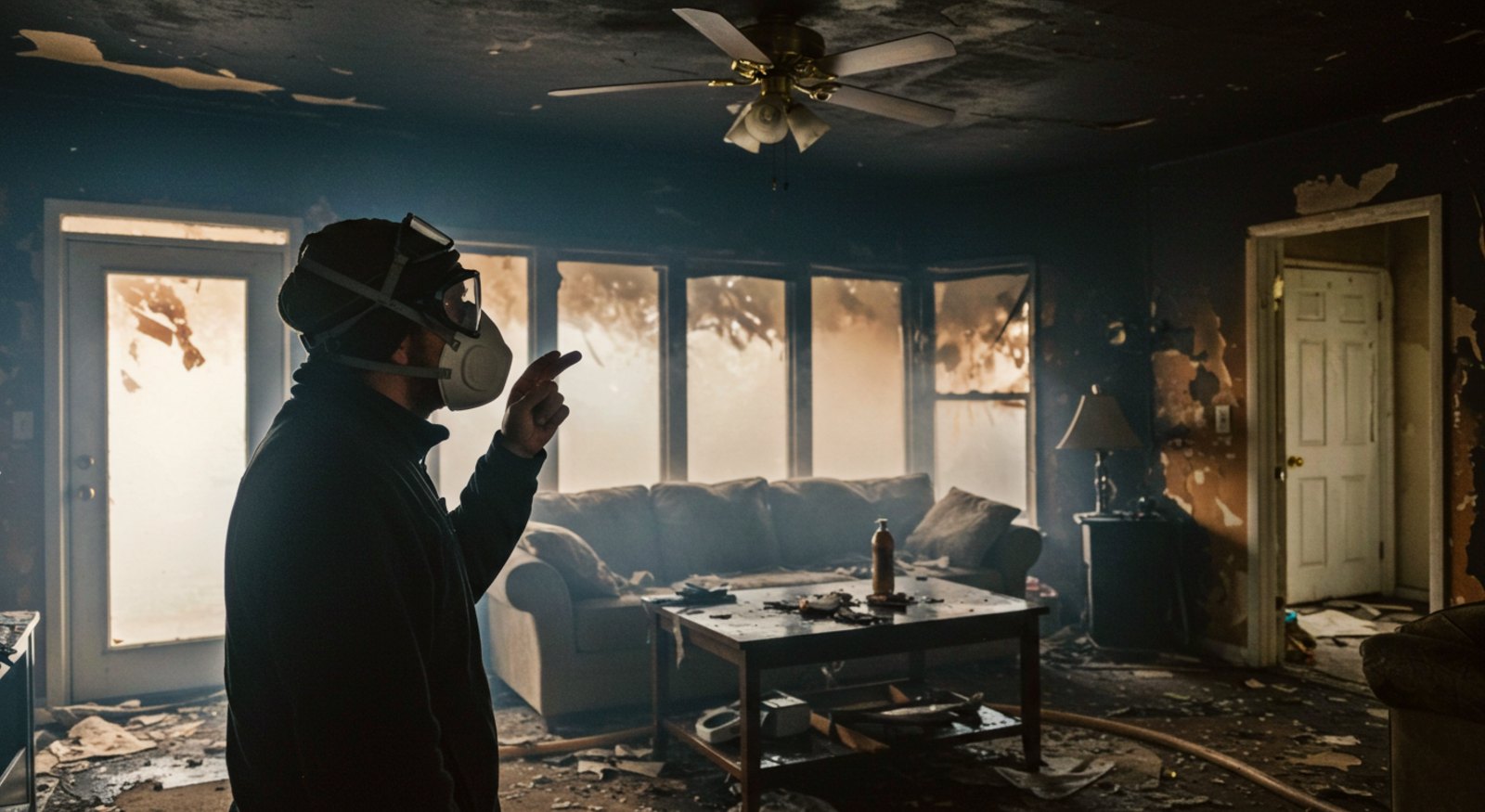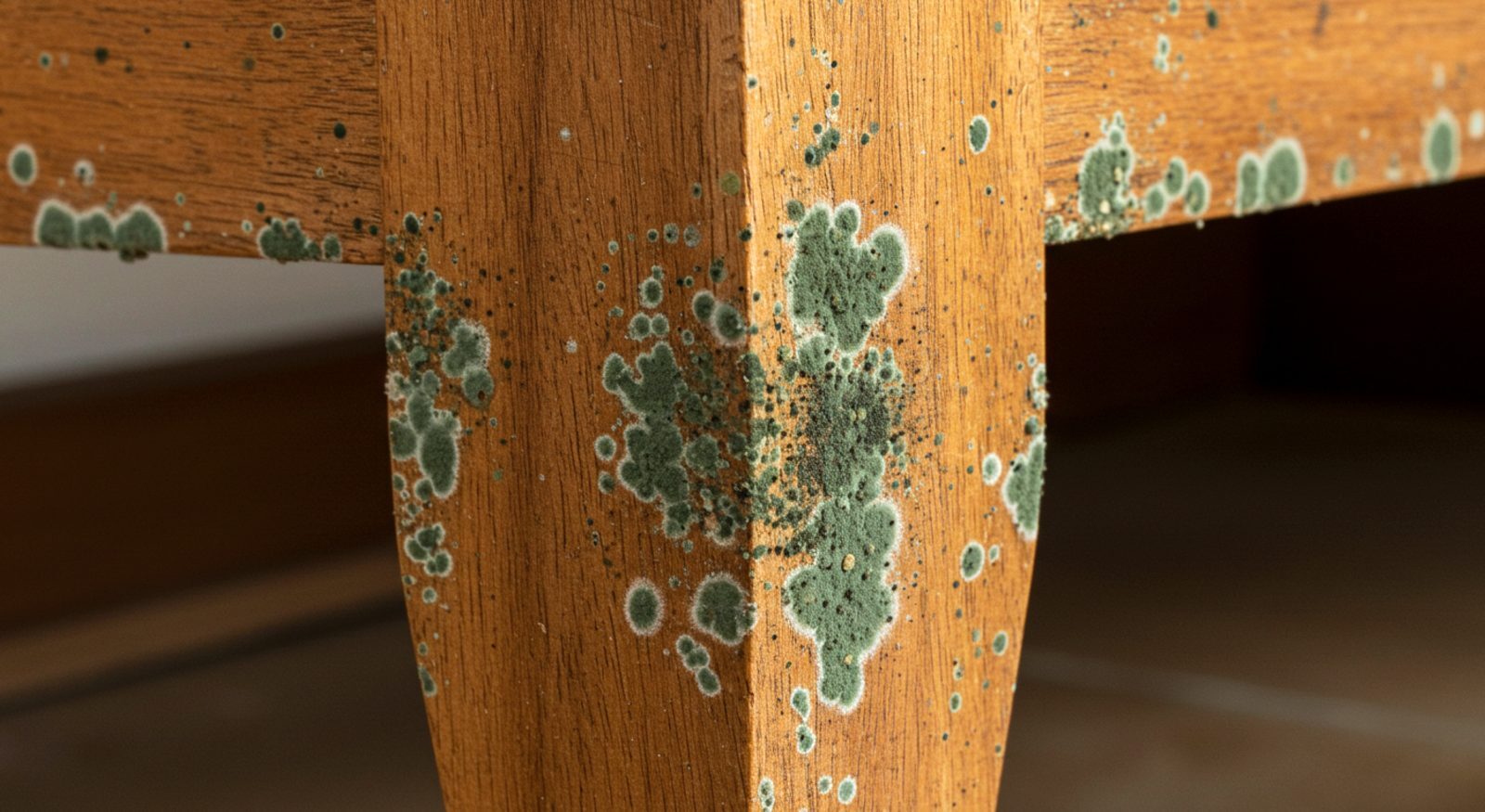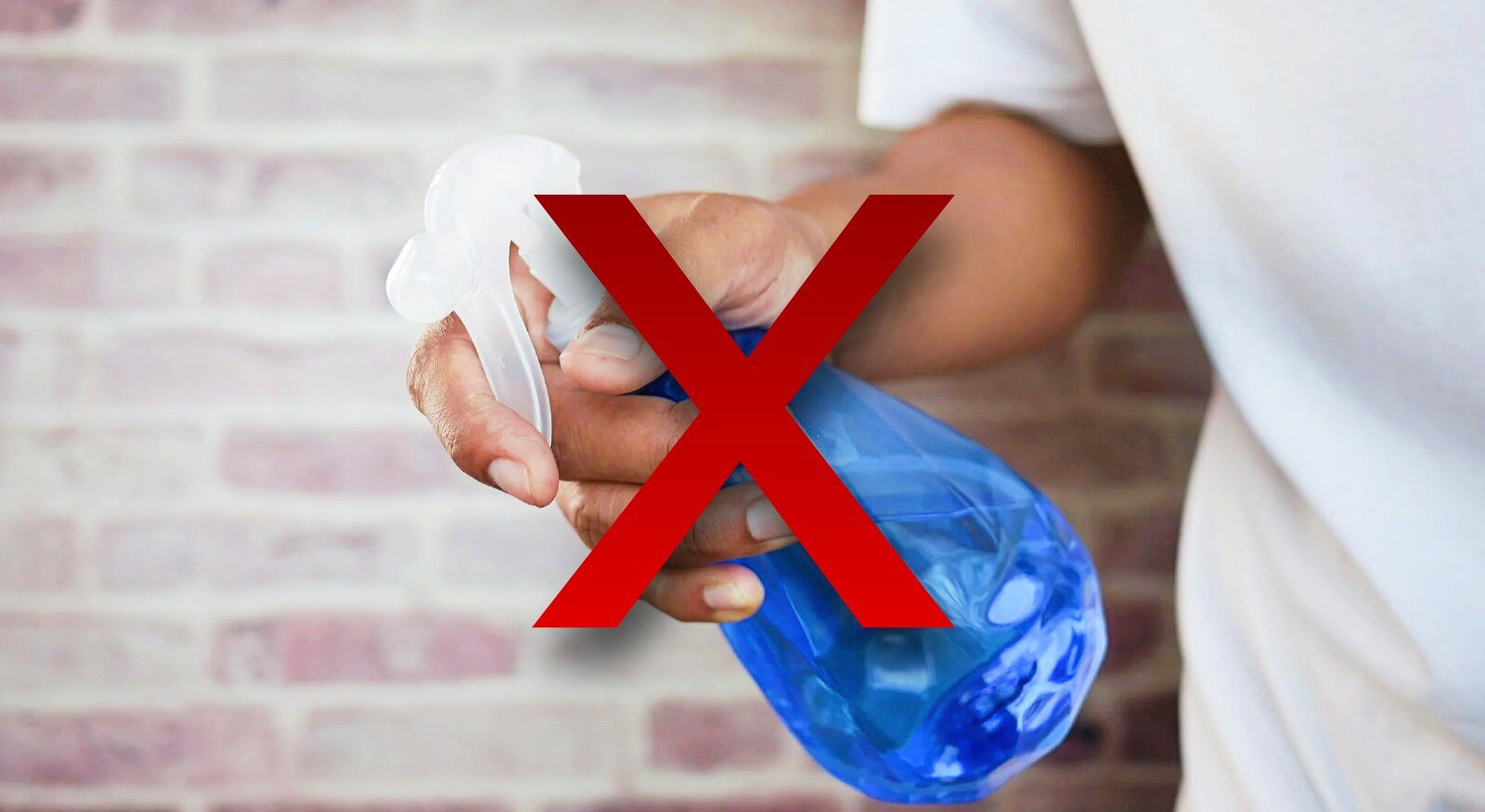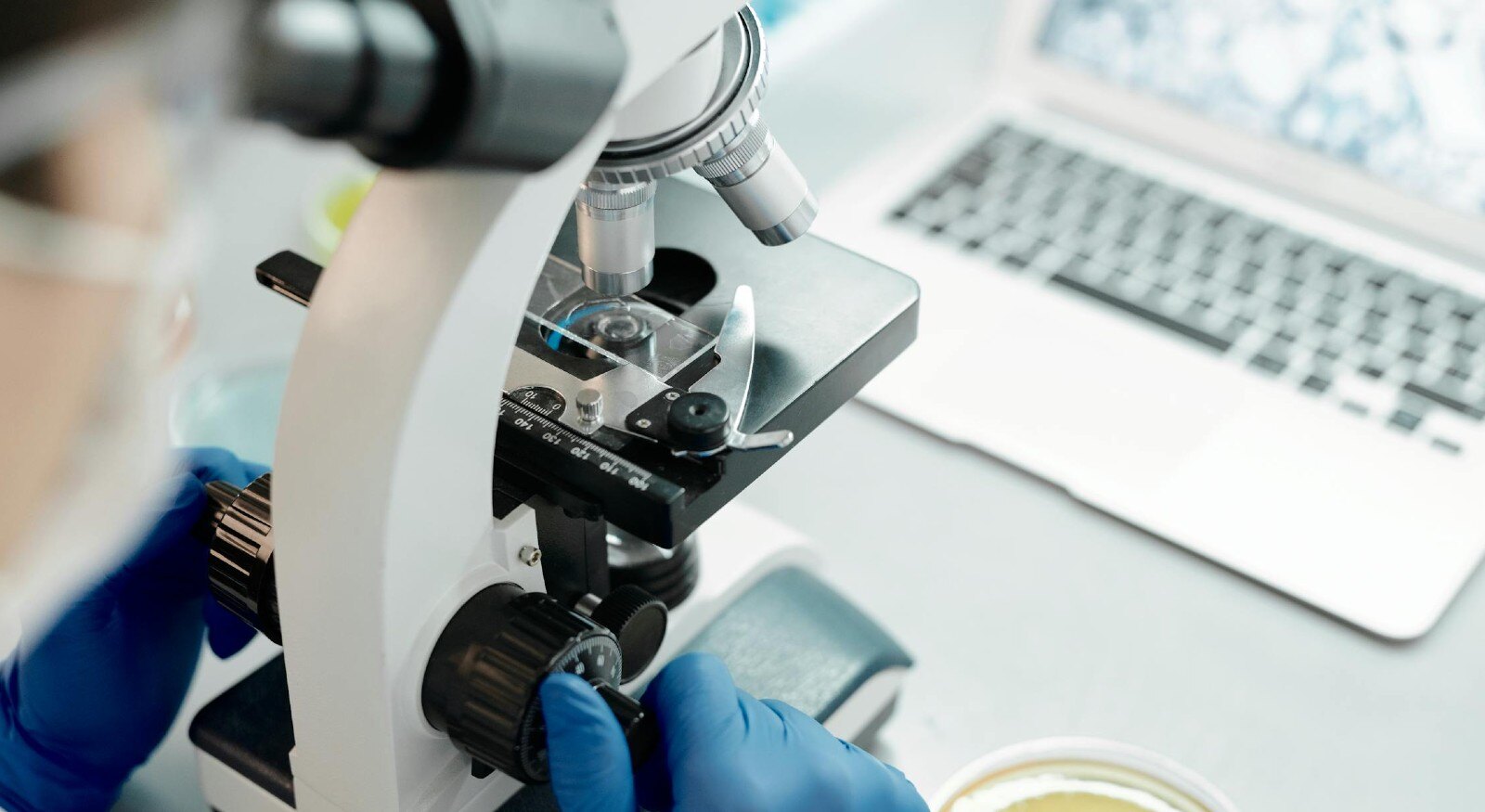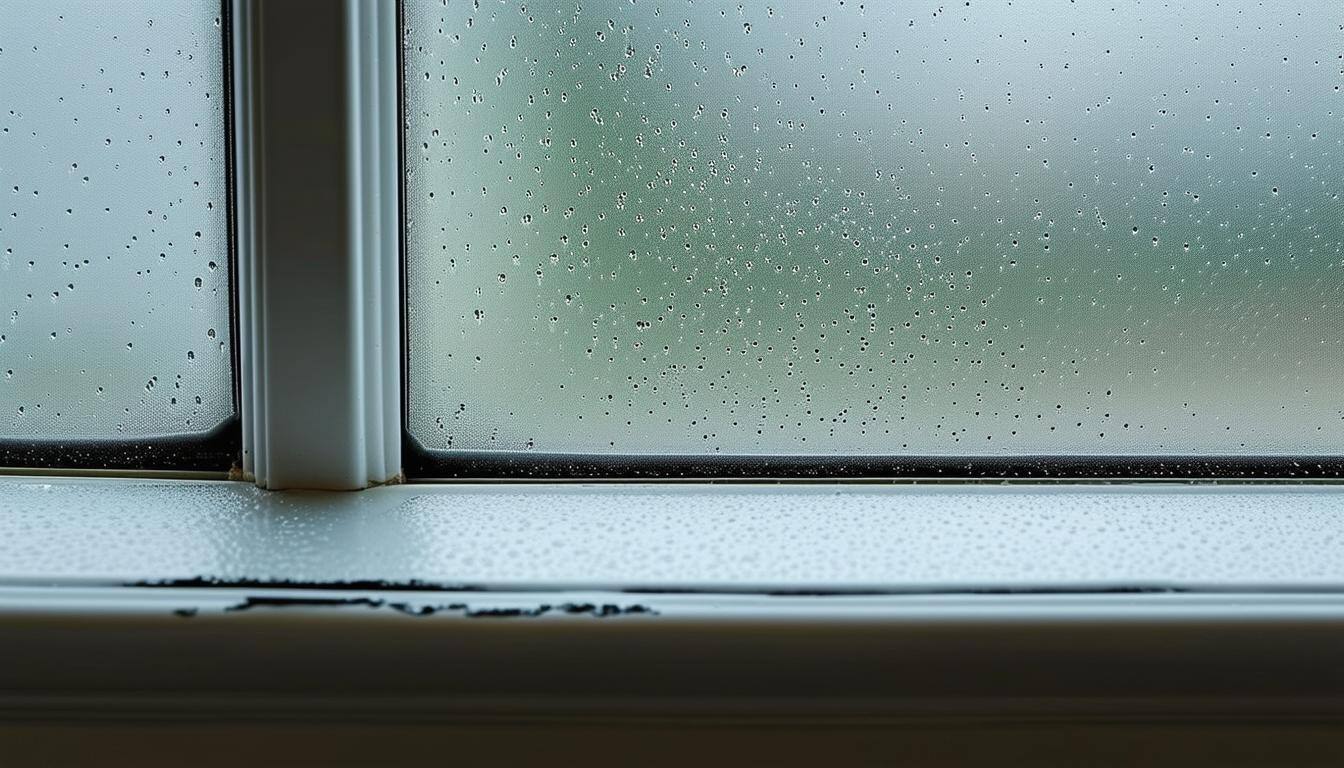Prevent Mold from Water Leaks with this Guide
August 6th, 2025
4 min read
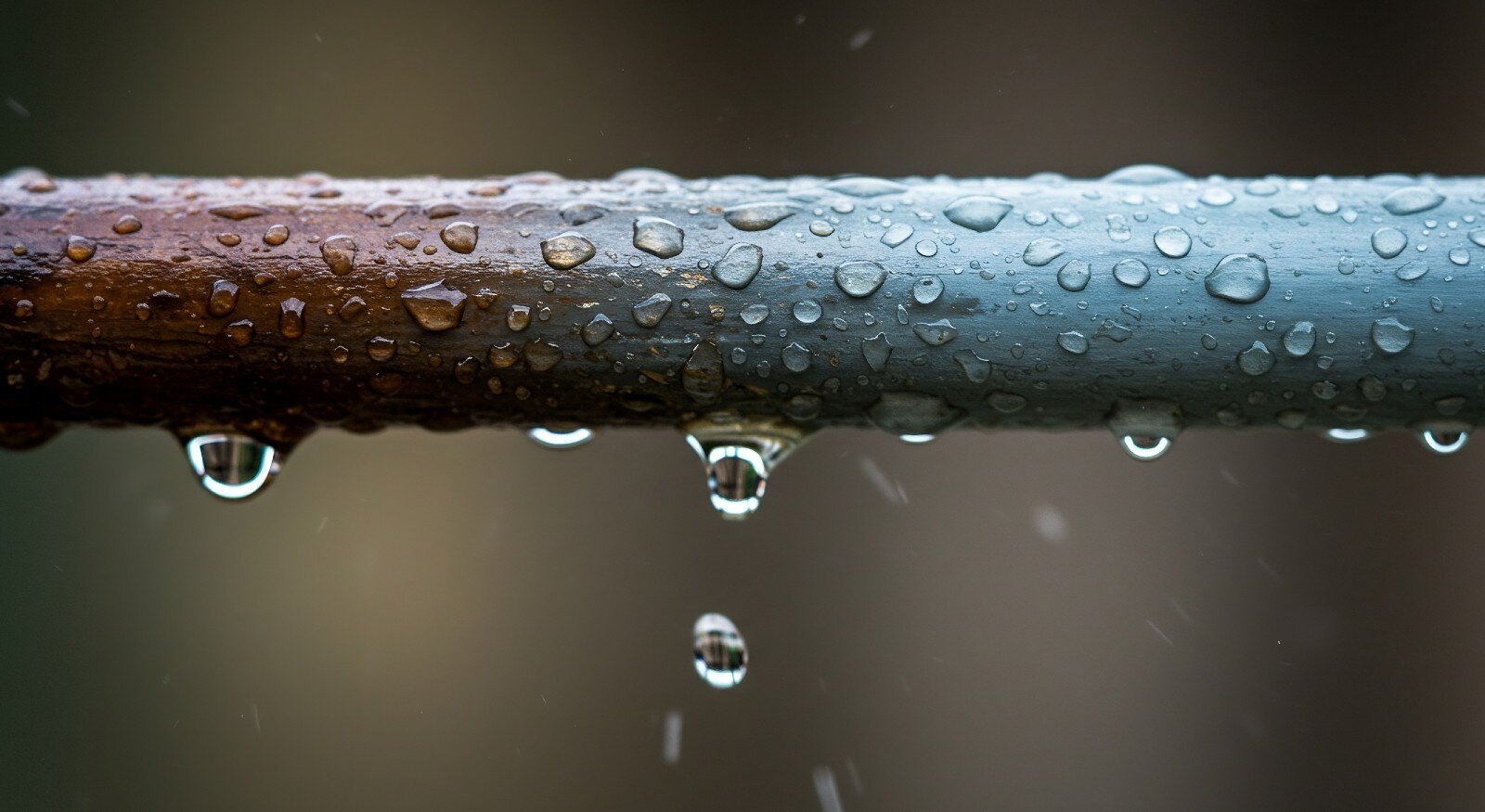
The first step in fixing a water leak in your home is stopping the water flow. What comes next is equally important: making sure everything is dry so no mold grows in your home. But do you know how to prevent moisture from setting in our Southern Arkansas climate?
If you live in South Arkansas, you must have seen firsthand the consequences of humidity in building materials on the streets. At Restore-It, we have worked with hundreds of clients in water restoration for years. Today, we will teach you how to take control of your home.
Let's review the key steps to prevent mold growth after a water leak. We will cover everything from immediate drying techniques to long-term moisture control strategies. So join us, and let's create a healthy environment for you and your family.
Why Leaks and Mold Go Hand in Hand
The United States Environmental Protection Agency (EPA) explains that mold is a fungus whose spores can be found everywhere, floating in the air. To thrive, mold only needs organic matter and water. In a home, a water leak can be the moisture source, and porous building materials like drywall, wood, and insulation can provide the organic matter for mold growth.
The EPA also warns that mold can grow as early as 24 hours if the conditions are met. Damp, poorly ventilated areas can quickly become breeding grounds for mold, so immediate measures must be taken after a water incident.
First Key Steps After a Water Leak
As we mentioned before, mold can grow very fast, which is why the first 24-48 hours after a leak are so important for preventing mold growth. After a water leak, the quicker you react, the better. Follow these steps to avoid mold from taking over:
Step 1. Stop the Leak
This might seem obvious, but make sure the leak is completely fixed. Even a tiny drip can provide moisture for mold growth.
Step 2. Remove Standing Water
If the water leak was found early on, you can deal with it yourself, as you may need help for larger water incidents. Use towels, mops, or a wet vacuum to remove standing water. The drier the area, the less likely mold is to grow.
Step 3. Increase Airflow
Open windows and use fans to circulate air and speed up drying. This helps evaporate moisture and prevent it from getting trapped.
Step 4. Remove Wet Materials
If materials like carpets, rugs, or upholstery are soaked, remove them if possible. They can take a long time to dry and are prone to mold. Air dry them outdoors to prevent more moisture from accumulating indoors.
Getting Rid of Excessive Moisture
To prevent mold growth, you need to keep the moisture levels under control. This is why thorough drying is so important. Here are some considerations to have:
- Air Movers: Use high-velocity air movers to circulate air and speed up evaporation. You can rent these from some hardware stores.
- Dehumidifiers: These machines remove moisture from the air, creating a less hospitable environment for mold.
- Drying Time: This will depend on the extent of the water damage. Also, depending on the building materials involved, you might need to wait a little until you can make sure everything is dry.
After the Drying: Removing Mold
Even after drying, some mold may start appearing. This is why a final cleanup can make sure mold will no longer be a concern.
- Mild Cleaning Solution: A mild solution of soap and water is sufficient for most surfaces. Alternatively, you can also use white distilled vinegar and apply it directly onto the surface.
- Bleach Solution (Use with Caution): For non-porous surfaces like tile, you can use a diluted bleach solution (1 part bleach to 10 parts water). Never mix bleach with ammonia or other cleaning products. Also, bleach can damage some surfaces, so test it in an inconspicuous area first.
- Disinfectant: You can also look for biocides and other disinfectant solutions that can kill any remaining mold spores.
Materials to Watch Out For During a Leak
Different materials react differently to water and cleaning.
- Drywall: This material is very porous and can easily absorb water. If it gets soaked, it may need to be removed and replaced.
- Wood: Wood can also absorb moisture and is prone to mold growth. Ensure it's thoroughly dried and treated with a mold-inhibiting cleaner.
- Fabrics: Fabrics like carpets and upholstery can trap moisture and harbor mold. Professional cleaning may be necessary.
Prevention Strategies Against Mold
Do you know what's even better than cleaning up mold as soon as possible? Prevent it from appearing in the first place! Here are some tips to prevent mold growth:
- Improve Ventilation: Ensure good airflow in moisture-prone areas, such as bathrooms, kitchens, and basements.
- Control Humidity: Use dehumidifiers to maintain indoor humidity levels between 30% and 50%. You can get a hygrometer to measure humidity.
- Consider Insulation: Proper insulation can help prevent condensation.
- Regular Cleaning: Regularly clean surfaces to prevent dirt and grime buildup, which can trap moisture.
- Repair Promptly: Fix any leaks in your roof, plumbing, or windows as soon as possible.
When It's Best to Leave It to the Pros
Most homeowners can handle small water leaks; however, there are scenarios in which it is better to call for professional help.
- Extensive Damage: If the water damage is extensive, it's best to call a water damage restoration company.
- Mold Infestation: If you see significant mold growth, professional mold remediation is recommended. Mold patches larger than 10 square feet (around 3 feet by 3 feet) should be dealt with by professionals.
- Health Concerns: If you or your family members have respiratory problems or allergies, professional help is advised.
- Sewage Contamination: Water contaminated with sewage requires specialized cleanup and disinfection.
Stop Mold in Its Tracks: Call Restore-It!
Water incidents are pretty common. Following proactive steps and taking action when a leak occurs is the key to preventing mold from growing indoors. If the thought of dealing with the aftermath of a leak has been causing you stress, we hope this guide has brought you some relief. Having learned with Restore-It everything you need to know to put an end to that original anxiety, you should have the confidence to deal with any water leak in your home. For more extensive water damage, you should contact Restore-It. We have over a decade of experience dealing with water restoration and mold remediation and will guide you through the restoration process. Together, let's make sure your home comes back to its original condition.
Topics:






